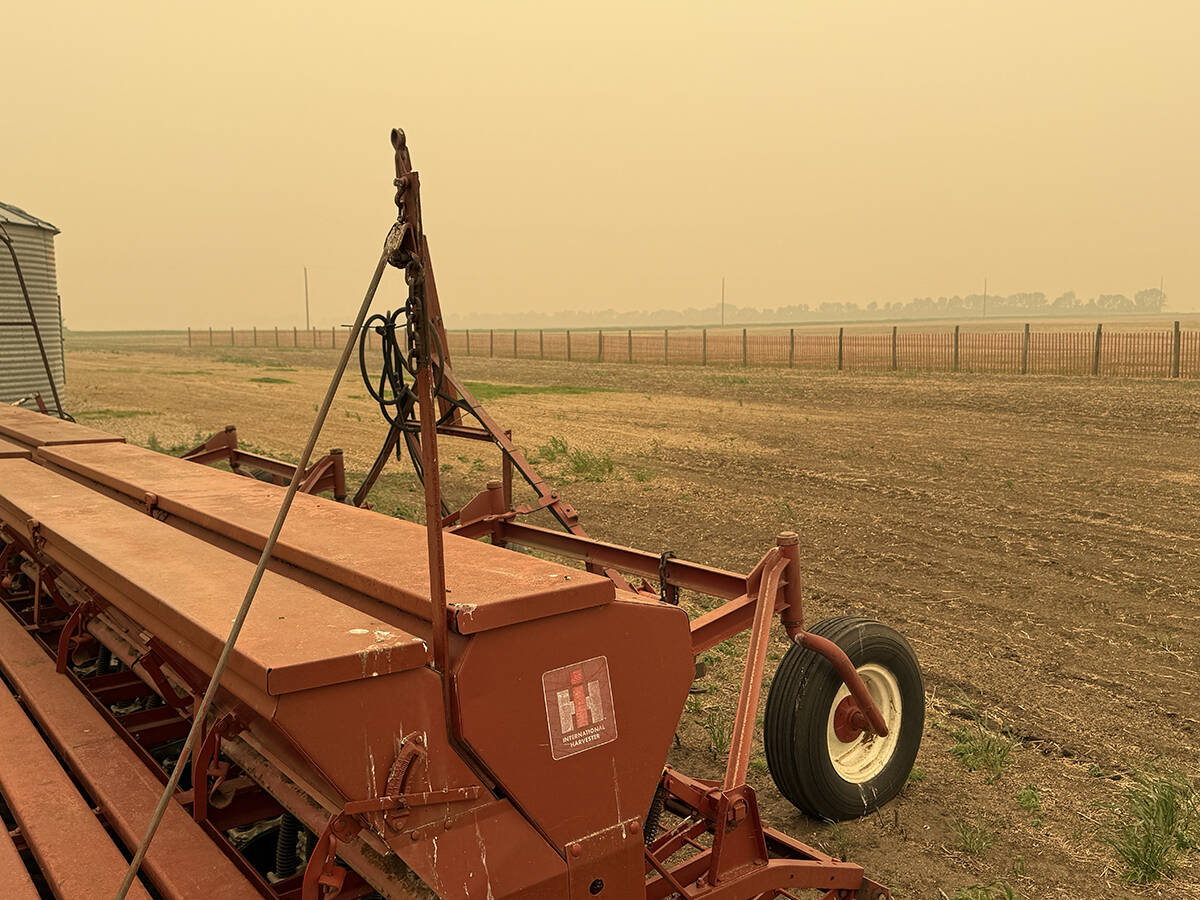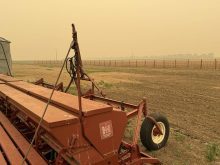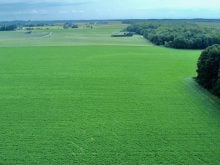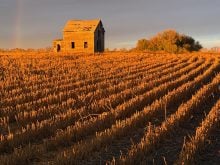Landowners are asked to take photos of rubbing stones and share them with others as a first step in creating a database
A Saskatchewan-based farmer and agricultural researcher is embarking on an initiative to document bison rubbing stones and share the special place they have on the Prairies.
Rubbing stones are traditionally large boulders found on the Prairies, which were left following the retreat of the ice sheets that once covered the plains. They subsequently were polished over the centuries by bison to help shed winter coats or as scratching posts.
Biggar, Sask., area farmer Merle Massie said the stones are important from a historic ecological perspective and for Indigenous communities.
Read Also

Wildfires have unexpected upside this year
One farmer feels smoke from nearby wildfires shrouded the July skies and protected his crop from the sun’s burning rays, resulting in more seeds per pod and more pods per plant.
Massie said that while bison stones aren’t traditionally viewed as archeological sites, larger and well-used ones are often accompanied by medicine wheels, cairns and tepee rings.
“Some of those larger bison stones, like Mistaseni in Saskatchewan or the Okotoks stones (in Alberta), became both bison rubbing stones and also archeological sites because First Nations would congregate in those spaces and would build cultural notations in those landscapes,” she said.
Mistaseni Rock was destroyed during the creation of Lake Diefenbaker because it was considered a hazard to boat navigation, while Alberta’s Big Rock near Okotoks (which takes its name from the Blackfoot name for the rock) was designated a provincial historic resource in 1978.
But while those two sites are some of the best-known rubbing stones — known in geological terms as erratics because they have been carried to their present-day sites by ice sheets from areas hundreds of kilometres away — there are many less well-known rubbing stones, said Massie.
“Hershel, Sask., is a really good example — the Ancient Echoes site…. It is both a Cree and a Blackfoot site so some of the things in the landscape are distinctively Cree, others Blackfoot and it was a shared landscape right at the edge where the two cultures intersect,” she said.
But there are many other such sites which have little to no documentation.
Many bison stones and accompanying archeological sites have been lost forever to cultivation, she said, and her hope in bringing light to these sites is to help producers understand what they have on their land.
Some sites have been written about since the 18th century and how they were used as landmarks, as well as how the accompanying archeological sites were used for hunting and lookout points during inter-tribal conflicts, said Massie.
“Every time you raise people’s understanding just that little bit, I think, I hope, that means we are going to save just a little bit more,” she said.
But there are risks to advertising certain sites, including vandalism, with Massie saying some of that is mitigated by private property trespassing laws.
However, she said she believes it’s important for for landowners to take pictures of such sites and share them while not necessarily providing location details.
The need to identify and understand the significance of bison stones to the history of the Prairies is a step toward reconciliation with First Nations, said Massie.
Creating a database of bison stones might be a long-term project but for now, Massie is hoping those with pictures consider sharing them with her by sending shots to mass22@sasktel.net.
















